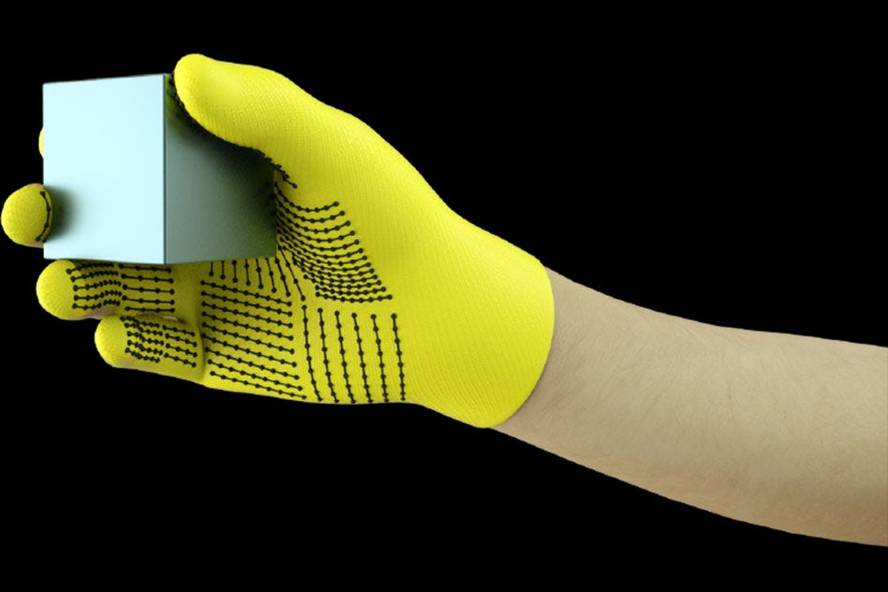Create a glove that allows artificial touch
MIT researchers have created a glove to identify and report objects using artificial touch. It can be very useful for the manufacture of prosthetic and robotic hands, among others.
People have the ability to catch and feel objects thanks to touch. Machine learning has allowed much progress in vision and hearing in recent years, but not in touch. In fact, currently in robotics the artificial vision is applied for the reception and manipulation of objects. This sensory difference is largely due to data availability. We have many images and sounds data that machines can learn from. Tactile data collection remains a challenge.
The gloves they have created at MIT can change it. Gloves with 64 conductive threads in the palm, 32 in one direction and 32 in perpendicular direction. And each of the 548 points where the threads cross is a force sensor. In this way, the pressure maps generated in the handling of 26 common objects have been obtained. And by applying machine learning to this information, they have managed to identify the 26 objects. They have also managed to calculate the weight on the object and detect the different positions of the hand. It has been released in the journal Nature.
It can be a great step for prosthetic and robotic hands to burn in the future. And, in the shorter term, it will serve to create large sets of tactile data and investigate on artificial touch. In addition, it is usable in any laboratory, as it is easy to make and cheap (about 10 euros).






